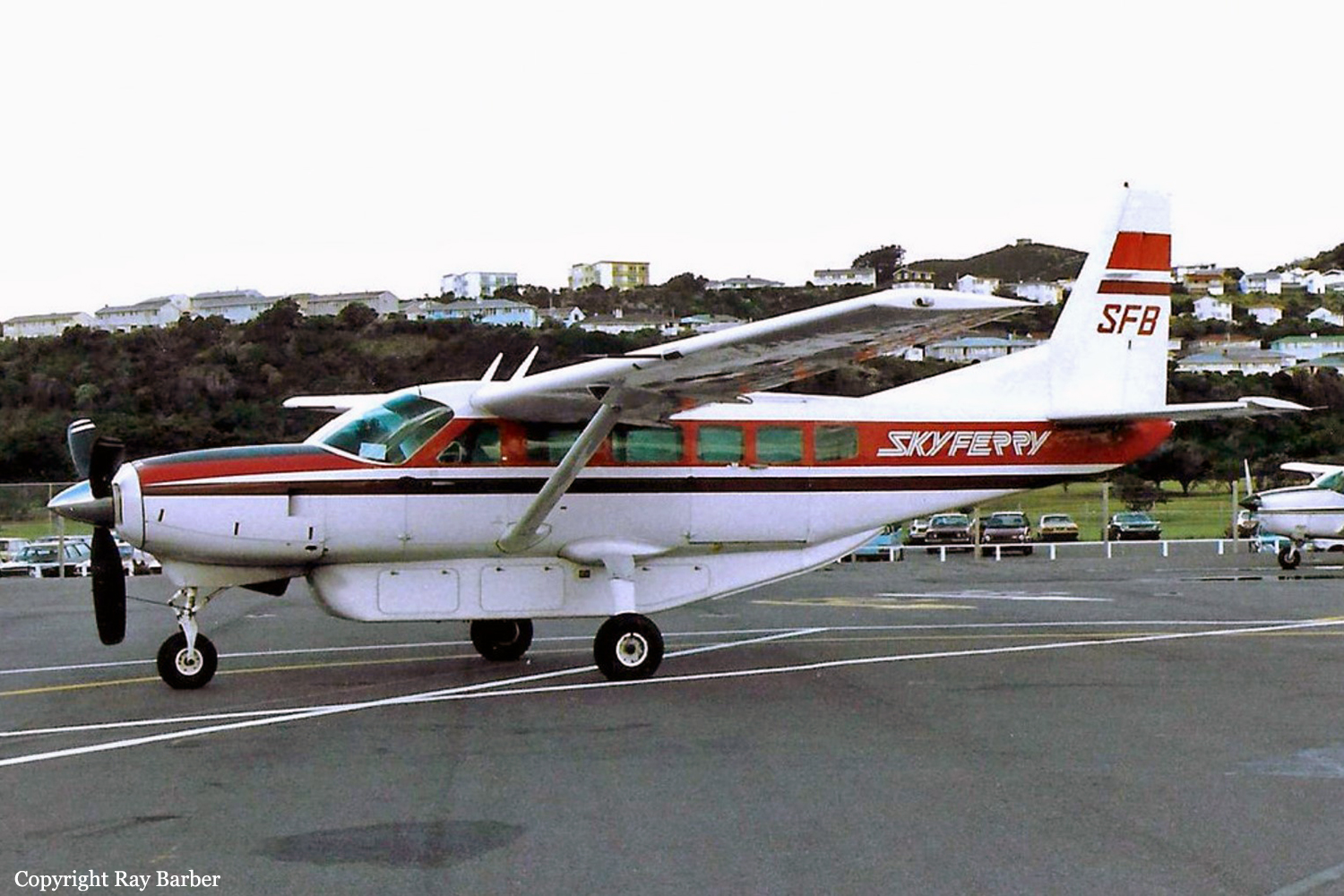Crash of a Cessna 208 Caravan I off Kaikoura: 2 killed
Date & Time:
Nov 27, 1987 at 2355 LT
Registration:
ZK-SFB
Survivors:
No
Schedule:
Christchurch - Wellington
MSN:
208-0059
YOM:
1985
Crew on board:
1
Crew fatalities:
Pax on board:
1
Pax fatalities:
Other fatalities:
Total fatalities:
2
Circumstances:
While cruising by night at an altitude of 11,000 feet on a cargo flight from Christchurch to Wellington, the pilot encountered icing conditions. The airplane went out of control, entered a dive and crashed in the sea off Kaikoura. Both occupants were killed.
Probable cause:
The following findings were reported:
- Icing conditions,
- The aircraft was not equipped with deicing systems,
- The pilot was tired due to a duty period more than 18 hours,
- The pilot loaded and unloaded more than 10 tons of cargo during the day,
- The pilot was soaked by rain while doing so because no foul weather gear was provided,
- The pilot did not have sufficient rest time,
- The pilot did not have a proper brake time and meal,
- The pilot was not properly trained concerning indoctrination course and suffered hypoxia in flight.
- Icing conditions,
- The aircraft was not equipped with deicing systems,
- The pilot was tired due to a duty period more than 18 hours,
- The pilot loaded and unloaded more than 10 tons of cargo during the day,
- The pilot was soaked by rain while doing so because no foul weather gear was provided,
- The pilot did not have sufficient rest time,
- The pilot did not have a proper brake time and meal,
- The pilot was not properly trained concerning indoctrination course and suffered hypoxia in flight.




